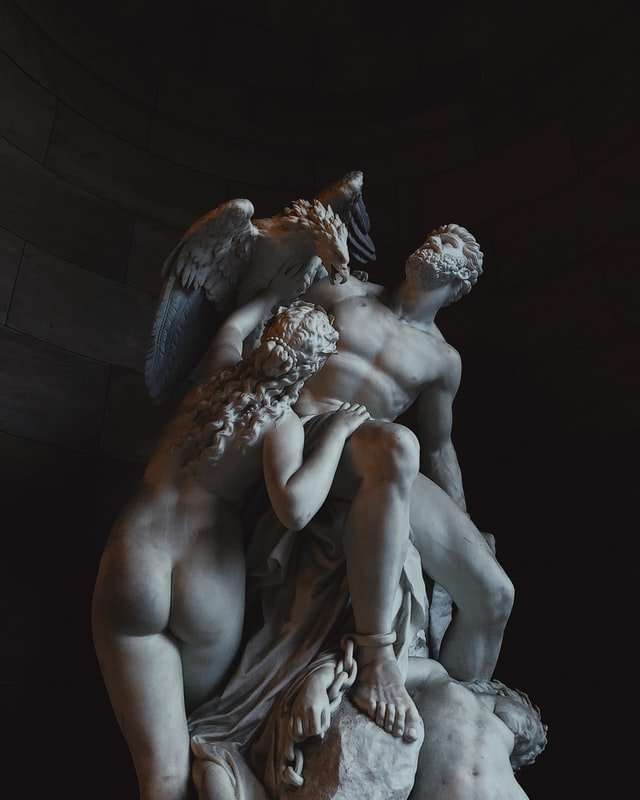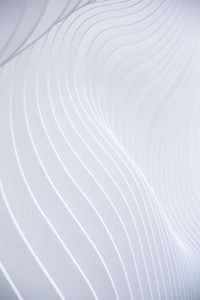Making a choice, you should take into account various aspects of all the available options. That’s why, when choosing wall colors for a house interior, it is better to consider the combination with mural art rather than picking strokes at random.
What is the best combination? It depends on an individual taste, but in general it is recommended to choose a cold or neutral palette. It will compliment any kind of mural art and create an elegant and noble atmosphere in your home. You can use light and pastel hues, such as ivory or light blue. The mix of these shades with golden color will make the interior bright and airy.
The same effect can be achieved by using darkish hues: brown tones mixed with green or dark blue look good on almost any painting. Using these warm dark shades you can create a cozy and romantic atmosphere in your home.
If you choose to put mural art on the walls of your office, then you’ll need more varied palette of colors and shades. In this case it would be good to combine mural painting with neutral or colored wallpapers
Today’s hottest trend in room decor is wall murals. The artwork is easy to install, and the effect it can have on a home or office is dramatic.
The question then becomes, what color scheme works best with mural art?
The first step to answering this question is to decide if you are going to have a single color or multiple colors in your mural. If you choose a single color, you will have more flexibility with your other colors. If you choose multiple colors, you will need to be very careful that the combination of colors look good together.
Once you have decided on your primary color, ask yourself these questions:
-What is the dominant color in the painting?
-Is the dominant color an earth tone (browns, greens, tans)? Does it lean more toward reds or blues?
-What are the secondary colors in the painting? Are they warm (reds and yellows) or cool (blues and greens)? Are they bright or muted? How many shades of one color does it appear in? Do two or more of those shades appear next to each other?
-Are there any neutrals (black, white, gray) that appear in the painting? If so, do they occur near any other
There are many factors that will influence the colors you choose for your wall art, but one of the most important is how many colors you choose.
Many people choose to have only two or three colors in their mural wall art. This is because they prefer the color schemes to be calming and restful rather than overwhelming and busy. If this is your style then you might want to consider going with a darker color for your background.
Mural art often has a colorful and busy feel, so the choice to have more than three colors can add to that effect. Again, if you are choosing this route it is best to use them on the background so that they do not become too distracting.
Using only two colors will give your wall art a fresh and modern look without being overwhelming or busy. Using three colors can still give the impression of simplicity while also providing a little more interest. You will want to avoid using more than three colors as this can quickly become overwhelming and take away from the beautiful design of the piece.
As a rule, it’s best to go with a light color on the base layer of your mural to make sure that the color you choose for your mural art will pop. A light color on top of dark will make the art look dull and flat. If you’re going to use a dark or bold colored mural art piece, you may have to consider using a light colored wall behind it.
TIP: Since most people will be viewing your mural from an angle in most rooms, they’ll see more of the background than they do of the actual wall art. Keep this in mind when deciding which colors and patterns to choose for your painting project.
**
That’s why we gathered in this post a collection of nice wall murals for your inspiration. We hope that you will like them and find an idea for a new project of your own. These paintings are great for living room or dining room, but even if you have smaller wall space, you can still include one of these amazing wall murals in your home.
If you want to get more information on the mural we found on this site, just click here.
We hope you enjoy our collection and come back soon!
Painting a mural on your wall is a bold move. You are essentially taking an enormous blank wall and turning it into some sort of creative, artistic statement.
But before you do that, you have to decide what color to paint the wall. If you’re going to paint a mural on top of the color, what color should the base be?
The first, and most obvious answer is: whatever color you want! There is no one right answer to this question. The right answer is the one that makes you happy!
If you are trying to match the color of a particular piece of art, though, there are some general guidelines for picking colors. And if you’re trying to match the color of another wall in your house, there are some things to be aware of as well.
Once again we’ll start with the general guidelines for working with art. I’ve said it before and I’ll say it again: don’t just choose a random color and hope it goes well with your art. Do some research first so that you can pick out a cohesive, complementary scheme (or even use all one color). There are online tools that will help you find complementary colors (see “Resources” below). Or you could look on-line at some artwork whose
If you are painting a mural, the pitch black background with the bright colors is a very common choice. This may be because of its use in graffiti, but it also creates a powerful statement.
Using black to create a background for your mural is not as hard as you think. You can make it look rich and deep or make it look flat. For a rich black, look for paints that have been made with carbon black. This includes all paints that say they contain titanium dioxide or iron oxide.
Titanium dioxide is more expensive and starts more brightly colored. That means that if you want to shade darker, you need to add more paint. Iron oxide is cheaper and has less shine to it, which makes it easier to shade darker. The right color depends on the look that you are going for. However, if you want to go with something more traditional and warmer, you want to choose the titanium dioxide based black shade.
Iron oxide also has a tendency to become blotchy when there are large areas of black. Titanium dioxide tends to lay down smoother and be less blotchy, which means you have an easier time getting clean lines between where the black meets other colors.
If you have your heart set on using an iron oxide based paint, try putting



